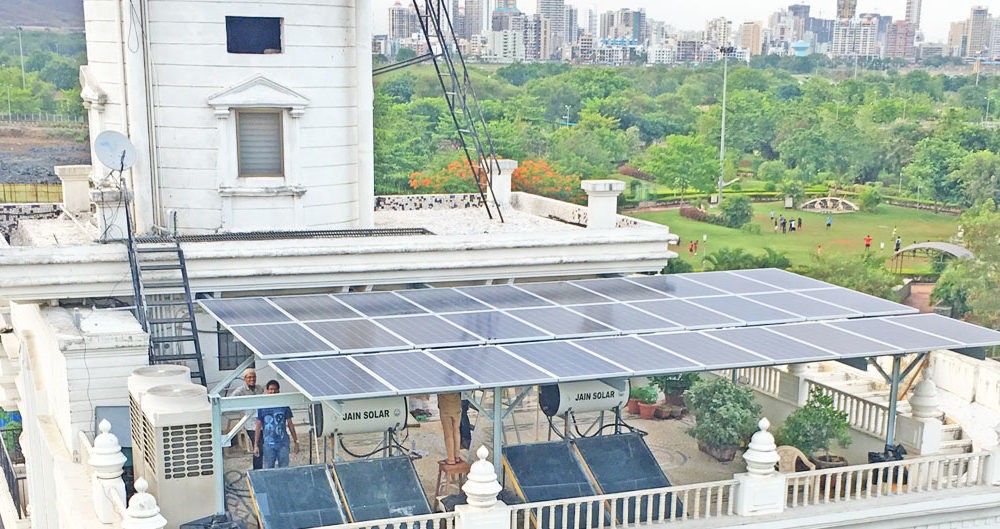Create your own energy
By EPR Magazine Editorial March 8, 2017 11:32 am IST
By EPR Magazine Editorial March 8, 2017 11:32 am IST

This article explains the challenges faced in implementing rooftop net-metering.
To incentivise and promote solar among the masses, both state and central governments have made it mandatory for DISCOMs to roll-out Net Metering. Under Net Metering any consumer (industrial, commercial or residential) installing a rooftop solar PV system will no longer need to store the excess energy generated by the system in batteries. The additional units simply get exported to the grid and the consumer enjoys a reduction in their monthly electricity bills by subtracting the overall consumption with the exported units.
Although the policy was introduced in Maharashtra in 2015, it was made effectively utilisable by the masses only by mid-2016. With DISCOMs struggling with the lack of procedural knowledge and lack of widespread training across divisions, there has been a very slow paced implementation of roof top solar. Miscommunication persists between sub-jurisdiction offices or circle offices of the same DISCOM. For a very long time there was no clear cut idea on the role of PWD officials in granting permissions for net-metering.
We have made mammoth leaps in terms of the technology that solar power generation utilises today, but sadly, it hasn’t been recognised by the DISCOMs, as they still view solar to be an alien energy generation system or as a threat to their operations. Smart inverters of today have features such as an independent islanding system, calibrated generation meters with life generation record, independent string protection, SPDs etc that enables these energy systems to be of a plug & play configuration. Many a time the customer is asked to replace their existing CT/PT due to regulation change at DISCOM level. This is typically unnecessary for solar installation. Such roadblocks discourage customers from opting for roof top solar.
Private power utilities have been a step ahead of public utilities, in procuring and having bi-directional meters for both LT and HT consumers readily available with testing facilities in place. For the public sector, due to its long drawn out procurement procedure, the customer till date has to procure the energy meter and have it tested by the nearest testing division. The sheer amount of liaisoning work involved, along with the unnecessary and repetitive documentation filing makes anyone think twice before recommending roof top solar under net metering.
Authored by_Uday Doshi,
Founder
Excelsior Engineering Solutions,
Mumbai
We use cookies to personalize your experience. By continuing to visit this website you agree to our Terms & Conditions, Privacy Policy and Cookie Policy.